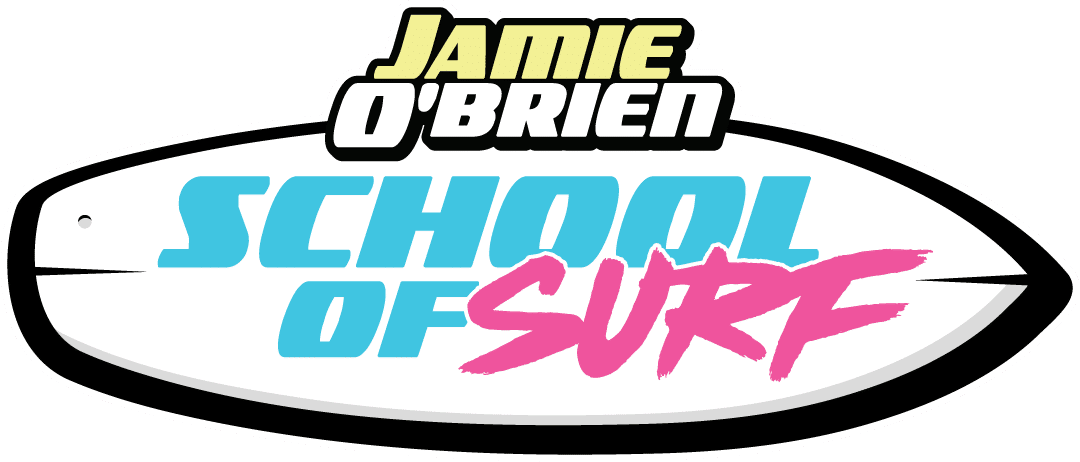Mastering the art of riding waves involves understanding the anatomy of a wave itself. From the peak to the trough and everything in between, a wave is a dynamic entity with various components that surfers must be familiar with to catch the perfect ride. Let’s dive into the world of surfing vocabulary and explore the essential parts of a wave.

The peak is the highest point of a breaking wave. It’s where the wave starts to curl and create the familiar shape that surfers ride. The peak is the ideal spot to catch a wave, as it provides the longest and most thrilling ride.
The Face
The face of the wave is the smooth, sloping part of the wave where surfers ride. It extends downward from the peak and offers the perfect canvas for generating speed and executing maneuvers. The face of the wave is where all the action happens.
The Lip
The lip is the uppermost part of the breaking wave, and it’s where the wave curls and crashes forward. Surfers often aim to ride just in front of the lip to execute critical turns and aerial maneuvers. However, it can be a challenging place to navigate due to the wave’s power.
The Trough
The trough is the lowest point of the wave, situated between two breaking waves. It’s the area where the wave’s energy is dispersed, and it’s usually where surfers start their paddle back out after a ride. Troughs can also be used for paddling out to avoid the impact zone.
The Lineup
The lineup is the area where surfers wait for waves. It’s typically a designated zone just outside the breaking waves where surfers position themselves to catch incoming swells. The lineup can get crowded, and surfers take turns based on priority.
The Impact Zone
The impact zone is the area where waves break and crash onto the beach. It’s a powerful and turbulent region that can be challenging to navigate. Surfers try to paddle through the impact zone quickly when paddling out to avoid getting caught in the wave’s force.
The Shoulder
The shoulder of the wave is the part of the wave that is not as steep or critical as the face. It can provide a more forgiving ride and is often where beginners and longboarders prefer to surf. Surfers can perform less aggressive maneuvers on the shoulder.
Wrapping it Up

